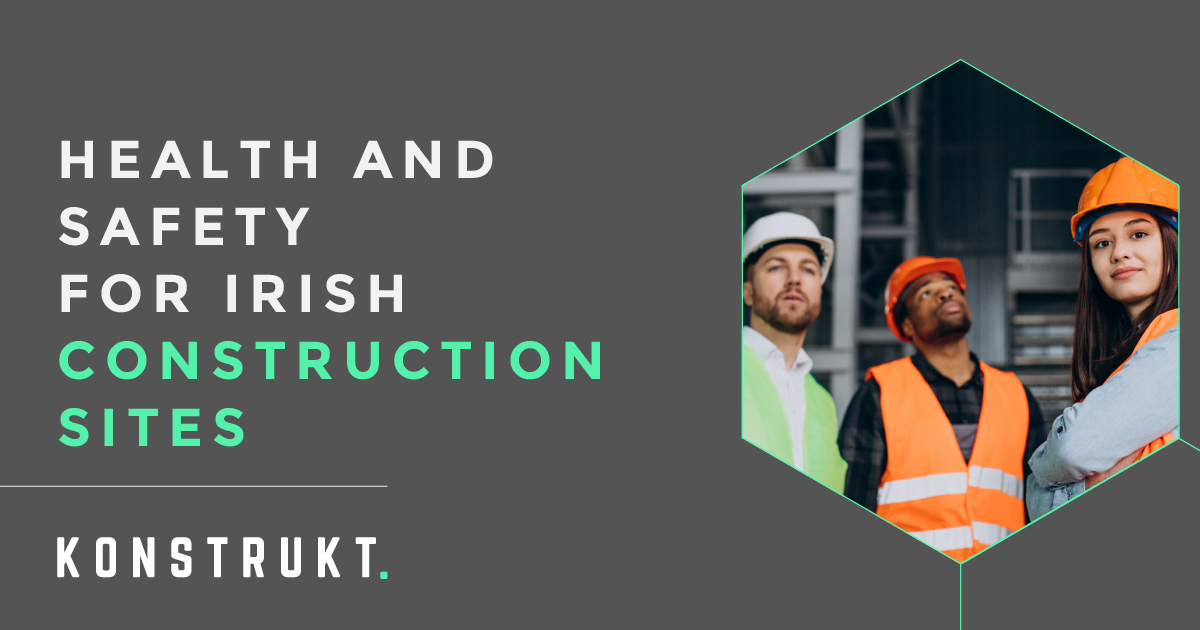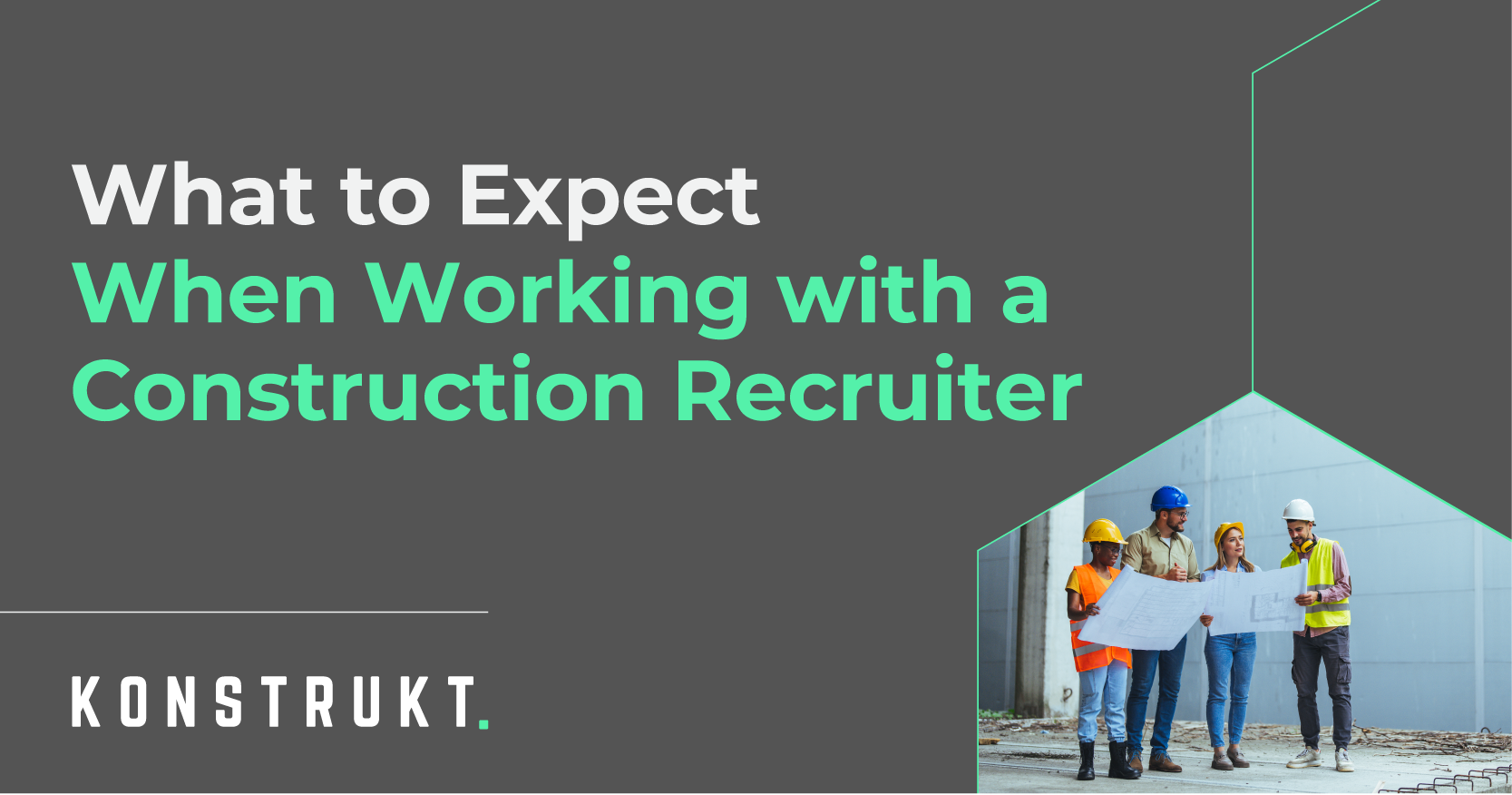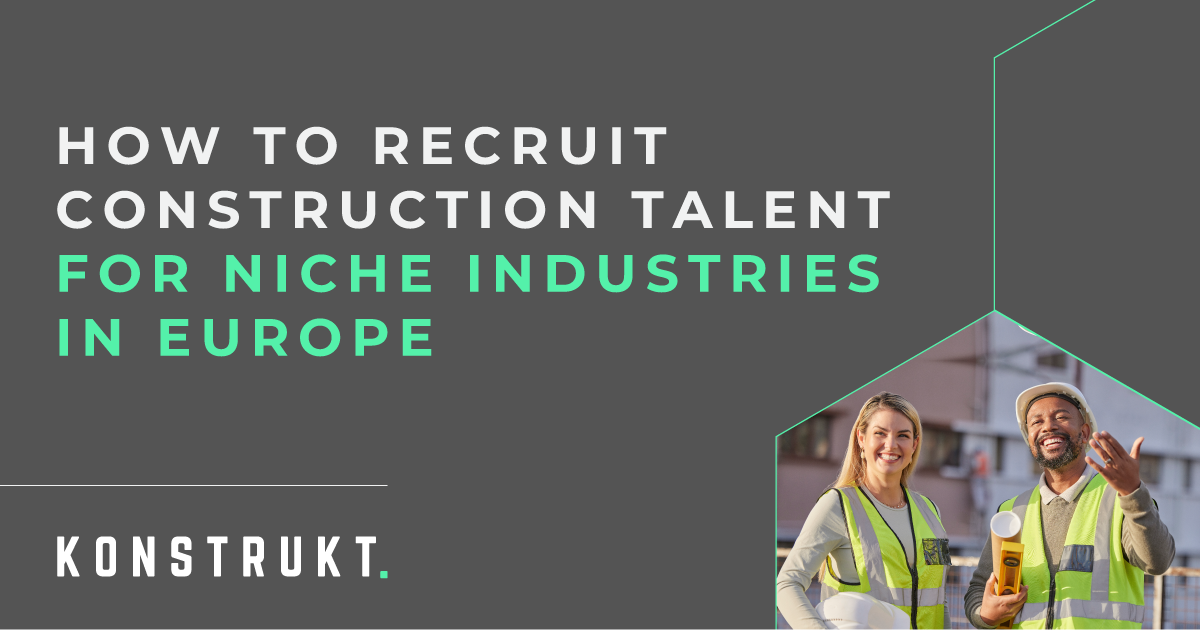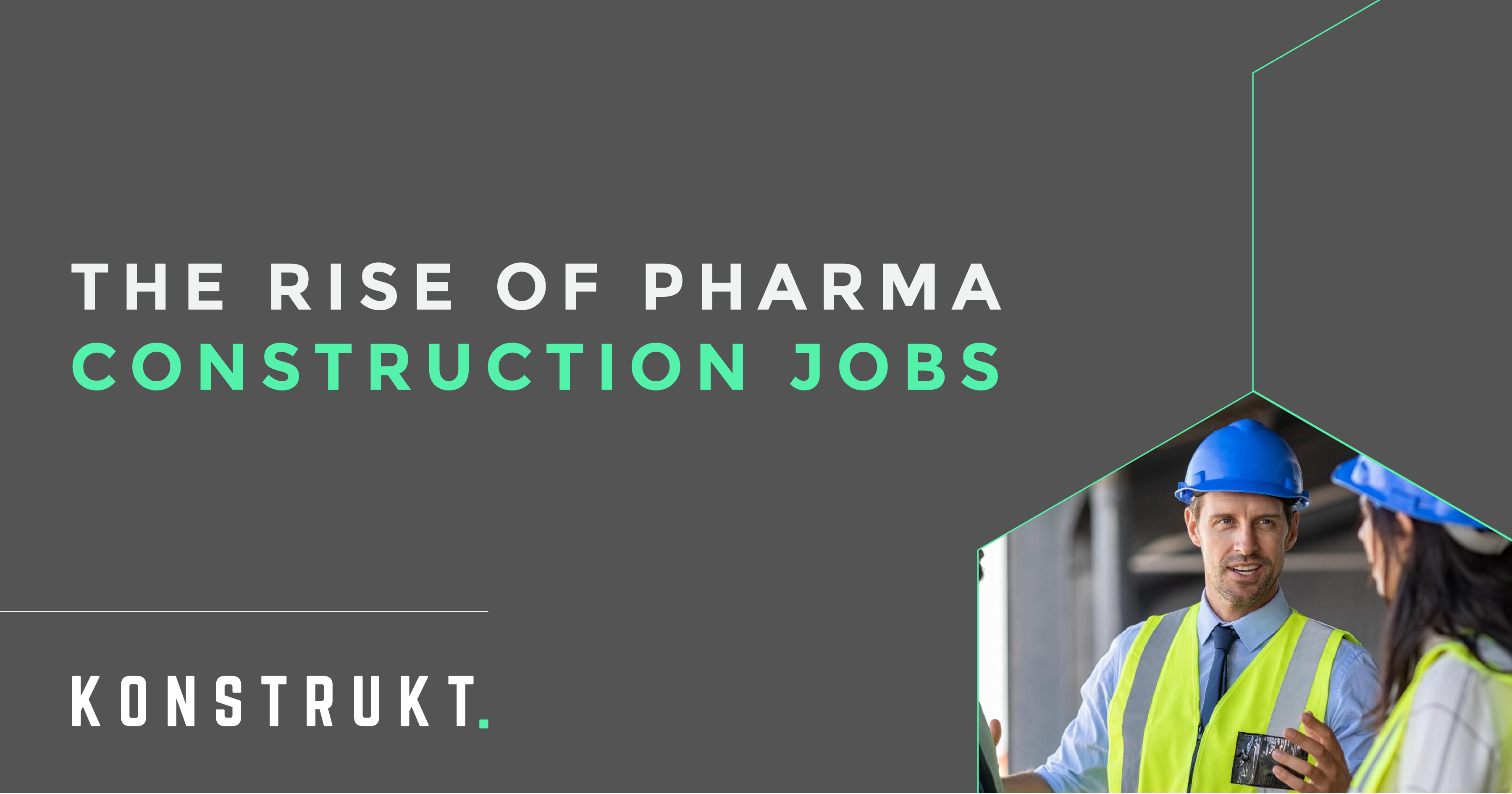
According to the HSA Annual review of health and safety within the construction workplace in Ireland, manual handling was the leading cause of work-related non-fatal injuries in 2019. Making up 29% of all incidents reported, this was closely followed by falling and slipping accidents which accounted for 24%. The most common working environment for non-fatal workplace accidents was industrial or maintenance areas at 25% of all instances.
Given these alarming statistics, health and safety for construction sites should be the highest priority for those in this sector. Whether you’re working in battery tech, pharma or data centre construction, what follows is some key advice about the types of risks to watch out for, Irish laws you need to adhere to, as well as jobs in health and safety construction that will help your business maintain a clean health and safety record.
The Major Construction Health and Safety Risks
The dynamic nature of the construction industry requires workers to perform a wide variety of tasks, some that involve dangerous elements. These include working from heights, moving objects, lifting equipment and other heavy loads, and working on uneven surfaces that pose a tripping risk. In addition, workers are exposed to hazardous substances, noise and vibration that not only pose injury risks, but potential long-term work-related problems.
Why Health and Safety Matters for Your Company
Legally speaking, a failure to comply with health and safety legislation opens your business up to serious consequences, from fines and other sanctions such as being banned from operating all the way to imprisonment.
Aside from the legal ramifications, you also run a reputational risk. If your construction company has a poor health and safety record, you may experience difficulties retaining staff and securing new talent – something that’s perilous in these talent-short times. In addition, contractors and clients could think twice about working with you, which can severely impact your bottom line.
Lastly, while you naturally have an obligation to keep your workers safe, you also have one towards the general public.
Your Legal Health and Safety Obligations
There are key statutory health and safety laws to follow in every workplace, however, it is increasingly important to follow the laws in a more dangerous environment, such as construction.
Construction employers must comply with all of the aforementioned laws to ensure they’re meeting their legal obligations. In Ireland, these key requirements also need to be followed:
- Appointing a Principal Designer and Principal Contractor to manage health and safety during the project’s design and construction phases.
- Developing a construction phase plan outlining the health and safety risks associated with the project and the measures that will be put in place to mitigate them.
- Ensuring all construction site workers receive adequate health and safety training and information.
- Coordinating and cooperating with other duty holders, such as clients, designers and contractors to ensure health and safety is effectively managed throughout the project cycle.
Under these regulations, ‘duties’ is an operative word with key personnel on your site having specific health and safety responsibilities (Principal Designers, Designers, Principal Contractors, Contractors, Workers and Clients).
Your Health & Safety Manager: A Key Role for Your Business
While the CDM Regulations require key personnel to carry out specific duties, Irish law also requires you to appoint a competent person tasked with health and safety matters in your construction business (in the eyes of the law, ‘competent’ means they have the right qualifications, skills, expertise and knowledge to carry out their role, particularly in conducting risk assessments).
Most of our clients in Battery Tech, Pharma or Data Centre construction choose to appoint a Health and Safety Manager, especially those with large projects. Those working on a smaller scale may incorporate this role with another. For instance, hiring a Construction Manager who has enough experience and training to also act as a Health and Safety Officer on your site.
It’s important to note a Health and Safety Manager or Officer’s role is different to the legal health and safety duties of a Contractor or Designer. Their primary responsibility is to ensure your site is safe for workers and that all legal health and safety requirements are met.
Generally, they develop, implement and manage the company’s health and safety policies and procedures, conduct risk assessments, and ensure all employees have appropriate health and safety training. Some examples of their tasks:
- Carry out inspections
- Investigate and keep records of accidents
- Advise on protective clothing and safety equipment
- Suggest improvements
- Ensure all equipment is safely installed
- Oversee duty holders to ensure compliance, cooperation and communication on health and safety matters
In the past, a health and safety manager’s job was somewhat reactionary, dealing with accidents when they occur. But today, they’ve moved into the preventative zone, which is a positive and welcome transition.
Further Health and Safety Support
It can be a little overwhelming to ensure you have the right health and safety personnel in your business, especially as there’s a minefield of information on the topic. This is where you can benefit from engaging with a construction recruitment specialist, like us here at Konstrukt.
With deep experience in the burgeoning field of Battery Tech, Pharma and Data Centre construction, we can assist you with finding the right health and safety staff for your business, whether it’s a Health and Safety Manager, someone with the right training to take on additional duties as a Health and Safety Officer or a host of other construction jobs you need filling. Please get in touch with one of our specialists to find out how we can support you with your hiring needs. Additionally, we suggest reading through some of the government’s excellent resources, from their great series of health and safety topics, to their comprehensive and practical toolkit.





